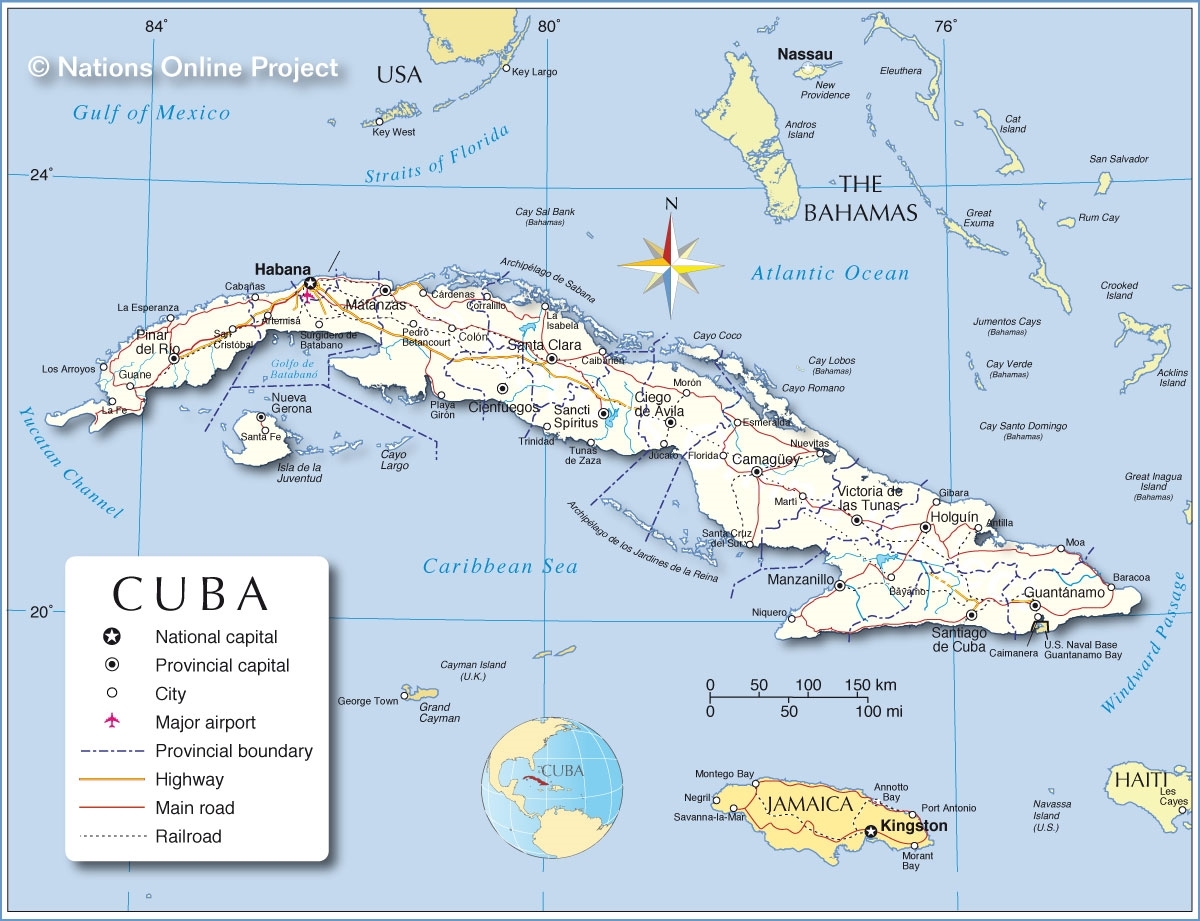Let's Put The US$4.3 Billion In 2015 U.S. Commerce Department Licenses In Perspective... Politics Versus Reality
/Let’s Put The US$4.3 Billion In 2015 U.S. Commerce Department Licenses In Perspective…. Politics Versus Reality
The New York Times
13 March 2016
“Penny Pritzker, the commerce secretary, said the next day that her department had granted American companies billions of dollars’ worth of authorizations to do business in Cuba.”
The New York Times
17 February 2016
“Ms. Pritzker said her department had acted aggressively since Mr. Obama’s December 2014 announcement to pave the way for American companies to do business in Cuba, granting 490 authorizations amounting to $4.3 billion last year alone — a roughly 30 percent increase over the previous year.”
NOTE: We missed this… a perspective should have been provided last month.
For the first agricultural commodities (corn and poultry) exported (US$4,318,906.00) in December 2001 to the Republic of Cuba, United States companies were required to obtain/have a license/authorization from the Bureau of Export Administration (BXA) of the United States Department of Commerce for the exact value(s) of the product(s) to be exported to the Republic of Cuba. In 2002, the BXA was renamed the Bureau of Industry and Security (BIS).
When the government of the Republic of Cuba continued and then expanded its purchases of agricultural commodities and food products into 2002, in spite of initial statements that the 2001 purchases were to be a “one off” so United States companies were not to expect further orders, there began discussions between exporters and representatives of the BIS about opportunities to create a more efficient licensing process.
One such decision by the BIS was to permit, and then encourage, United States companies to apply for a license that would attempt to include an estimate of what potentially might be exported by the company; and licenses were to be valid for up to two years. In some instances, the export qualified under the “export exception” provision and would not require certain BIS processes. A goal was to lessen the paperwork for the BIS and the United States companies.
For example, if a United States company wanted to export corn to Republic of Cuba government-operated Empresa Cubana Importadora Alimentos (Alimport), under the auspice of the Ministry of Foreign Trade of the Republic of Cuba (MINCEX), and had a contract or anticipated a contract or wanted to have all documentation necessary so the company could approach Alimport and say they were “ready to go," the BIS encouraged the company to add to the expected or desired quantities and U.S. Dollar values. Simply put, if the reasonable expectation was to export corn valued at US$1 million, the company would use US$5 million or US$10 million or US$100 million… whatever they wanted to use.
While Secretary Pritzker reported that the BIS issued 490 licenses in 2015 valued at US$4.3 billion, this is not reasonably related to actual exports; many of the application values upon which the BIS licenses were based were aspirational. Would have been productive for the United States Department of Commerce to provide detailed data about the 490 licenses (with company names redacted) for review.
Agricultural commodity and food product exports from the United States to the Republic of Cuba for the period December 2001 through January 2016 under provisions of the Trade Sanctions Reform and Export Enhancement Act of 2000 (TSREEA) were US$5,283,872,190.00. For 2015, the value was US$170,670,054.00
Healthcare product exports from the United States to the Republic of Cuba under provisions of the Cuban Democracy Act (CDA) of 1992 were US$11,043,717.00 for the period 2003 through January 2016. For 2015, the value was US$4,896,966.00.
Humanitarian donation exports from the United States to the Republic of Cuba during the period 2014 through January 2016 were US$5,832,280.00. For 2015, the value was US$4,619,588.00.
Thus, the total value of reported exports from the United States to the Republic of Cuba in 2015 were US$180,186,608.00 and in 2014 were US$293,077,853.00; both years data a meaningful distance from US$4.3 billion.
In 2015, the number of companies and organizations engaging in all exports were less than one hundred; for agricultural commodity and food products, the number of exporters was approximately thirty.
There is a substantial political component, which commenced during the Bush Administration and has continued through the Obama Administration- increase the value of licenses so as to emphasize 1) The White House was authorizing/encouraging commercial activity 2) Demonstrate that United States companies were eager to engage with the Republic of Cuba and 3) Reinforce the narrative that the government of the Republic of Cuba was not engaging to the level that United States companies were desiring.
Aggressively marketing aspirational license values can create an unsustainable and, more significantly, an unattainable commercial landscape. Important to neither oversell the Republic of Cuba nor undersell the Republic of Cuba. Sell it for what it is and be reasonable and honest about the potential. This will provide value to United States companies.
Creating a narrative within which the government of the Republic of Cuba is unlikely to have the capacity to participate is unproductive and potentially harmful.

